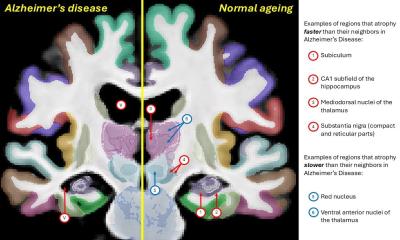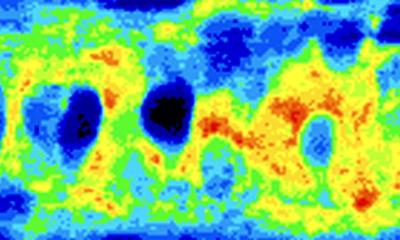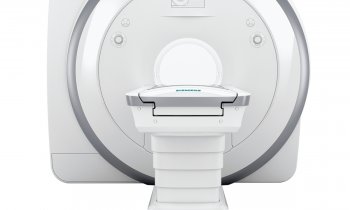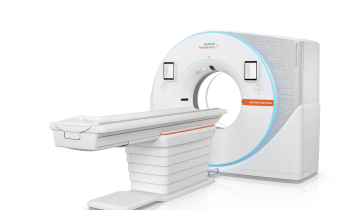Research project @neurIST tackles cerebral aneurysms
How likely is a rupture? That's the key question for doctors of patients with cerebral aneurysms. @neurIST, an EU-funded research project, aims to develop an IT solution to help in risk assessment.
When a cerebral aneurysm ruptures, mortality is high and survivors often suffer stroke-like long-term disabilities. However, some aneurysms remain stable and never rupture. Surgical and endovascular interventions are possible, but not without risk.
It is therefore of considerable interest to separate patients with a high risk of aneurysm rupture from the rest. ‘This is indeed one of the targets of the @neurIST project: to reduce unnecessary operations by 50%,’ says Alejandro Frangi, @neurIST's scientific co-ordinator and director of Centre for Computational Imaging and Simulation Technologies in Biomedicine (CISTIB) at Pompeu Fabra University, Barcelona, Spain.
The four-year project, which began in January 2006 with a ?17 million budget, is funded within the EU’s Sixth Framework Programme Priority 2 of the Information Society Technologies and consists of a consortium of 28 public and private institutions from 12 European countries. Several collaborating organisations beyond Europe are also involved.
The @neurIST project aims to provide an integrated decision support system that is based on the genetic, radiological and clinical data from an individual patient and on outcome data and treatment results from a vast, anonymised library of previously-treated patients. By simulating the blood flow with the help of 3-D reconstructions of the cerebral arteries, the system will help clinicians to take decisions and select the appropriate treatment. It will also be useful for research, in that it helps to find evidence of links between genomics and cerebral aneurysms. To reach these goals, a complete IT infrastructure is being developed for the management and processing of heterogeneous data that is acquired during the diagnostic process and from epidemiological studies.
A White Paper on the @neurIST system architecture is now available as one of the outputs of recent project work. This describes a service-oriented architecture consistent with the future incorporation of commercial services; data privacy and access control are also central components. The prototype infrastructure uses WebServices standards and, where appropriate, Grid standards with broad acceptance. This is one of the key features of the @neurIST project: It makes use of international grid networks in order to bring together technical resources and knowledge from different clinical and scientific institutions. ‘Combining genomic databases, research literature and clinical patient data should certainly be a killer application for grid technology,’ says Martin Hofmann-Apitius, at Fraunhofer Institute for Algorithms and Scientific Computing (SCAI), one of the lead information scientists in @neurIST.
The open and standardised @neurIST architecture can easily be used by others to develop applications based on
the architecture principles.
Two examples:
• The @neuFuse application suite that handles complex biomechanical analysis from medical images is adaptable to other parts of the anatomy.
• @neuEndo, a complementary tool that explores likely intervention possibilities and helps device designers, can offer patient-customised treatments that will have application in many other medical conditions.
Details: www.aneurist.org
01.07.2009











